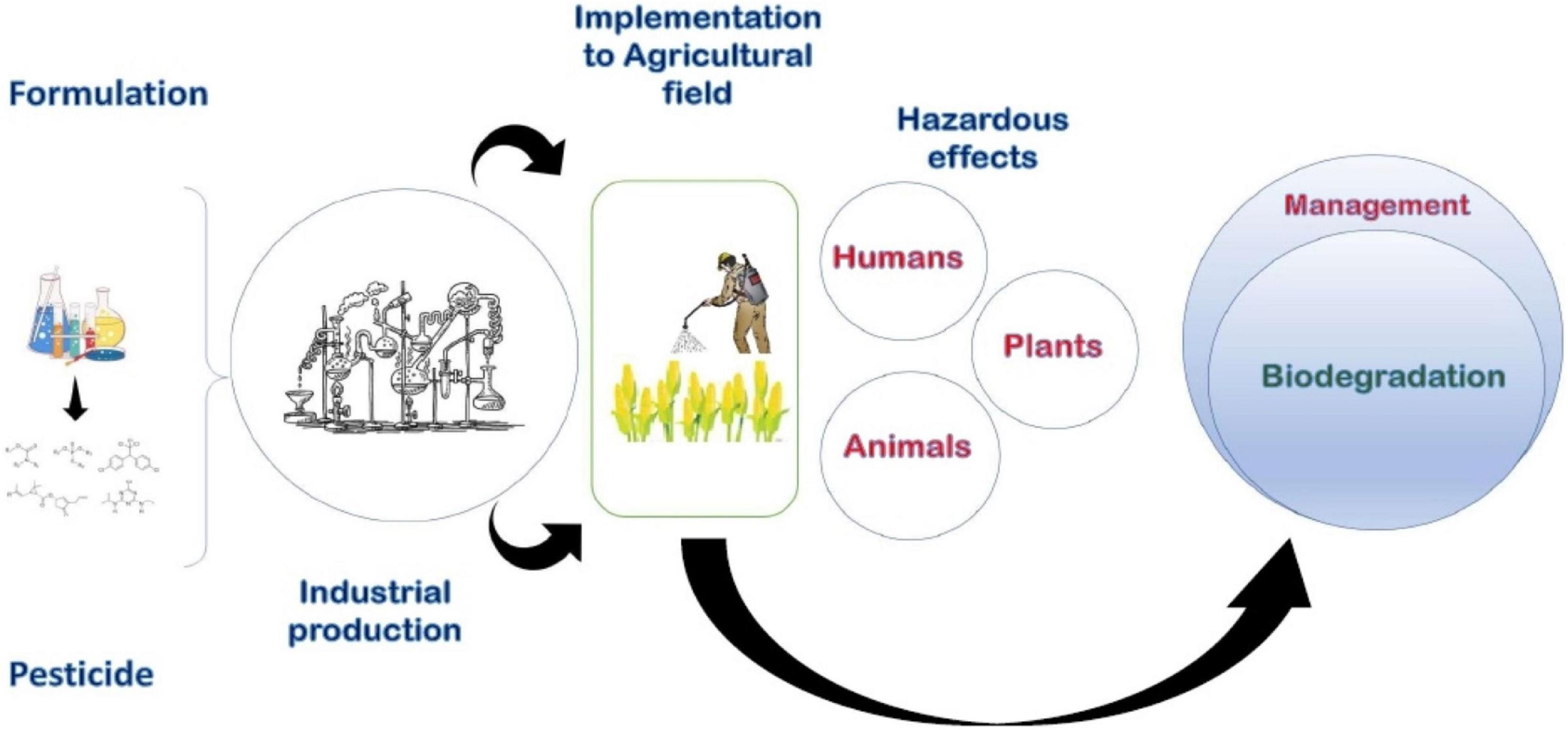Top Guidelines Of Eco Bed Bug Exterminators Dc
Top Guidelines Of Eco Bed Bug Exterminators Dc
Blog Article
Eco Bed Bug Exterminators Dc for Dummies
Table of ContentsEverything about Eco Bed Bug Exterminators DcThe Best Guide To Eco Bed Bug Exterminators DcThe Best Strategy To Use For Eco Bed Bug Exterminators DcThe Best Strategy To Use For Eco Bed Bug Exterminators DcThe Facts About Eco Bed Bug Exterminators Dc Uncovered
Since chemicals are toxic, they are also potentially hazardous to human beings, pets, other organisms, and the environment. For that reason, people that make use of pesticides or regularly come in contact with them must comprehend the relative poisoning, prospective health effects, and preventative actions to minimize direct exposure to the items they use. Risk, or risk, of using pesticides is the possibility for injury, or the level of danger entailed in making use of a pesticide under a provided collection of conditions.
Nevertheless, applicators can reduce or almost get rid of exposure-- and therefore minimize hazard-- by complying with the tag instructions, using individual safety garments and equipment (PPE), and handling the pesticide properly. More than 95 percent of all chemical exposures come from dermal direct exposure, primarily to the hands and lower arms. By putting on a set of unlined, chemical-resistant handwear covers, this kind of exposure can be nearly eliminated.
The hazardous effects that happen from a single exposure by any course of entrance are described "severe impacts." The four paths of exposure are facial (skin), inhalation (lungs), oral (mouth), and the eyes. Severe poisoning is determined by examining the dermal poisoning, breathing toxicity, and dental toxicity of guinea pig.
Getting My Eco Bed Bug Exterminators Dc To Work
Severe poisoning is determined as the amount or focus of a toxicant-- the a.i.-- needed to kill half of the pets in an examination population. This action is usually shared as the LD50 (lethal dosage 50) or the LC50 (dangerous focus 50). Additionally, the LD50 and LC50 values are based on a single dose and are videotaped in milligrams of pesticide per kilo of body weight (mg/kg) of the guinea pig or partly per million (ppm).
The lower the LD50 or LC50 worth of a chemical item, the higher its toxicity to people and animals. Pesticides with a high LD50 are the least poisonous to humans if utilized according to the instructions on the product tag. The persistent poisoning of a chemical is figured out by subjecting guinea pig to long-term exposure to the energetic component.
The persistent poisoning of a pesticide is harder than acute poisoning to establish via lab analysis. Products are classified on the basis of their loved one severe poisoning (their LD50 or LC50 values). Pesticides that are categorized as highly harmful (Toxicity Group I) on the basis of either oral, dermal, or inhalation poisoning should have the signal words risk and poisonous substance printed in red with a head and crossbones symbol prominently presented on the front panel of the bundle tag.
The intense (single dosage) oral LD50 for pesticide products in this team ranges from a trace total up to 50 mg/kg. For instance, direct exposure of a few drops of a material taken orally can be deadly to a 150-pound person. Some pesticide products have simply the signal word DANGER, which informs you nothing concerning the acute poisoning, just that the product can create extreme eye damage or extreme skin inflammation
Eco Bed Bug Exterminators Dc Things To Know Before You Buy
In this group, the intense dental LD50 arrays from 50 to 500 mg/kg. A tsp to an ounce of this product might be fatal to a 150-pound individual (bed bug heat treatment). Chemical items classified as either slightly harmful or fairly safe (Poisoning Categories III and IV) are required to have the signal word CAUTION on the pesticide tag

All pesticide poisoning values, including the LD50, can be discovered on the item's Material Safety and security Data Sheet (MSDS) - exterminator. Chemical tags and MSDS can be gotten from merchants or makes. On top of that, the majority of products also know that can be discovered online. Full Article The signs and symptoms of pesticide poisoning can range from a light skin inflammation to coma or even fatality.
People additionally differ in their level of sensitivity to different levels of these chemicals. Some individuals may show no reaction to an exposure that may cause extreme ailment in others (exterminator DC). As a result of potential health issues, pesticide individuals and trainers have to identify the common symptoms and signs of chemical poisoning. The impacts, or symptoms, of pesticide poisoning can be broadly specified as either topical or systemic.
An Unbiased View of Eco Bed Bug Exterminators Dc
Dermatitis, or inflammation of the skin, is approved as one of the most frequently reported topical impact related to pesticide direct exposure. Symptoms of dermatitis range from reddening of the skin to breakouts and/or sores. Some individuals have a tendency to cough, hiss, or sneeze when exposed to chemical sprays. Some people react to the solid smell and annoying results of petroleum distillates made use of as carriers in pesticide products.
This sign generally subsides within a few minutes after a person is gotten rid of from the exposure to the irritant. Nonetheless, a reaction to a pesticide product that causes someone not just to sneeze and cough yet also to establish extreme acute breathing symptoms is more most likely to be a real hypersensitivity or allergic reaction.
Systemic effects are rather different from topical results. They commonly take place away from the original point of contact as an outcome of the chemical being soaked up into and distributed throughout the body.
Report this page